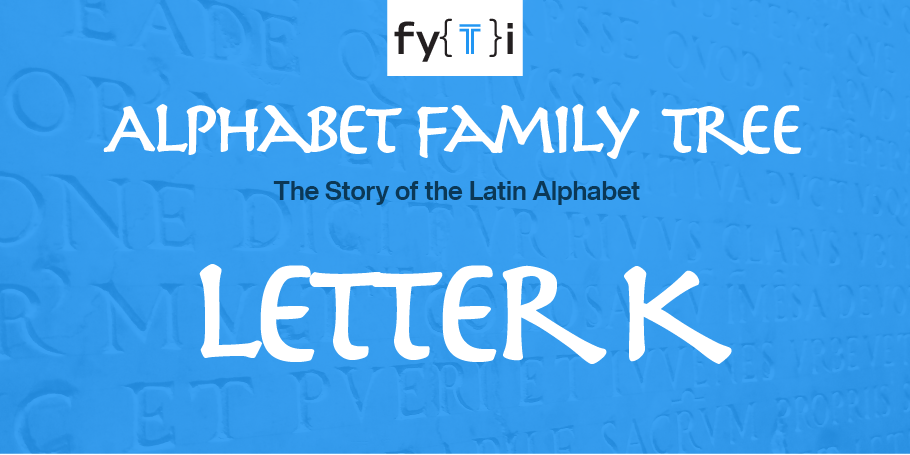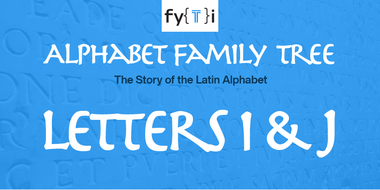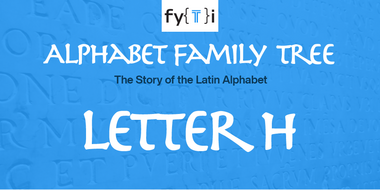Alphabet Tree - The Letter K

Some letters are slaves to fashion. They’ll change their images for any number of reasons: to satisfy the whim of some cool new writing utensil, or even because they’ve taken up with a different language. The K, however, sticks to the tried and true. It’s remained virtually unchanged for the last three thousand years.
K was the 11th character of the ancient Semitic alphabets, a position it still retains in our current character set. In form, it has probably varied less than any other character.

The Semitic sign “kaph,” the forerunner of our K, was a three-stroked character that represented the palm of an outstretched hand. While several versions of the kaph were used by the Semites, and more specifically the Phoenicians, all were composed of three strokes drawn in a similar fashion. First, the character was a simple drawing of a hand.

Next, the character looked something like our Y with a short middle stroke between the two longer diagonals. Finally, it was simplified even more and turned on its axis so that its two diagonals pointed left (like a backwards version of our K). But even as the character was modified and turned in several directions throughout its evolution, the basic form remained nearly the same.
The Greeks took the simplified version of the kaph and introduced symmetry into the design. Eventually, they also turned the character around so that the diagonals faced right. The Greeks even kept the basic name of the letter, changing it only slightly, to “kappa.”

In the Greek language, two signs represented the ‘k’ sound: K and Q. The Etruscans, however, had three signs for the same sound: C, K, and Q. The early Romans adopted all three, but in time dropped the K, using it only for words acquired from the Greeks, or those of an official nature. The latter use was probably the reason the K made it to the Roman monumental inscriptions, which set the standard for our current design.



The three designs within the FF Kievit super family (Kievit, Kievit Serif and Kievit Slab) have a common design bond, yet each is able to stand on its own as a distinct typestyle. The result is a suite of typefaces well-suited to advertising and packaging, long form text, branding and wayfinding in hardcopy and interactive environments.
The design foundation for all the designs is firmly grounded in humanistic character shapes and proportions making for inviting copy that is easy on the eyes. All also benefit from advanced typographical features such as ligatures, small capitals, alternate characters, case-sensitive forms, fractions, and super and subscript characters and a complete range of figure options. In addition, true italic forms separate FF Kievit and FF Kievit Slab from more traditional designs.
FF Kievit was drawn and refined over six years by Michael Abbink, and was released by FontFont in 2001.
FF Kievit and FF Kievit Slab were created with corporate design projects in mind, but their clear, legible forms and extensive character sets make them ideal for a wide range of typographic uses. While FF Kievit Serif was drawn to meet the needs of textual content on screen and in print, it also serves as the perfect counterpoint to the sans serif FF Kievit design and a subtle complement to FF Kievit Slab.
The FF Kievit Slab designs are the fruit of a four-year collaboration between friends, Abbink and Paul van der Laan, and were released in 2013. FF Kievit Serif was released in 2019, and was, again, a collaboration between Abbink, and Van der Laan. The result is a suite of typefaces with remarkable power and depth.

Download a pdf version of the Alphabet Tree - The Letter K


